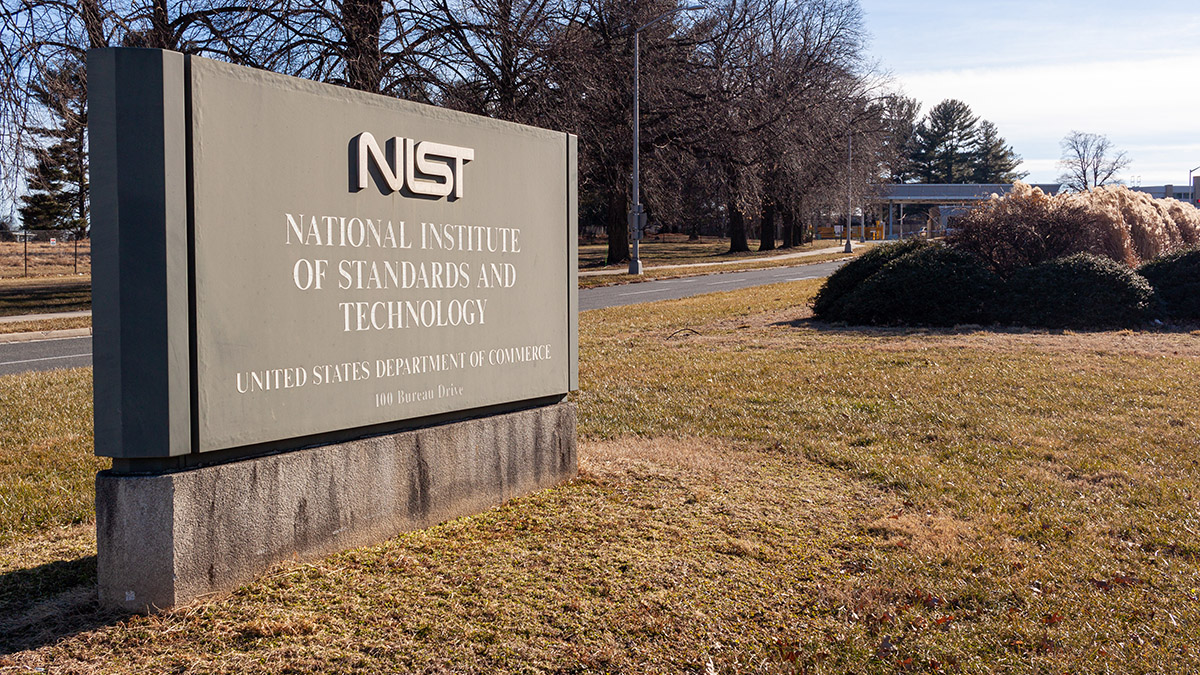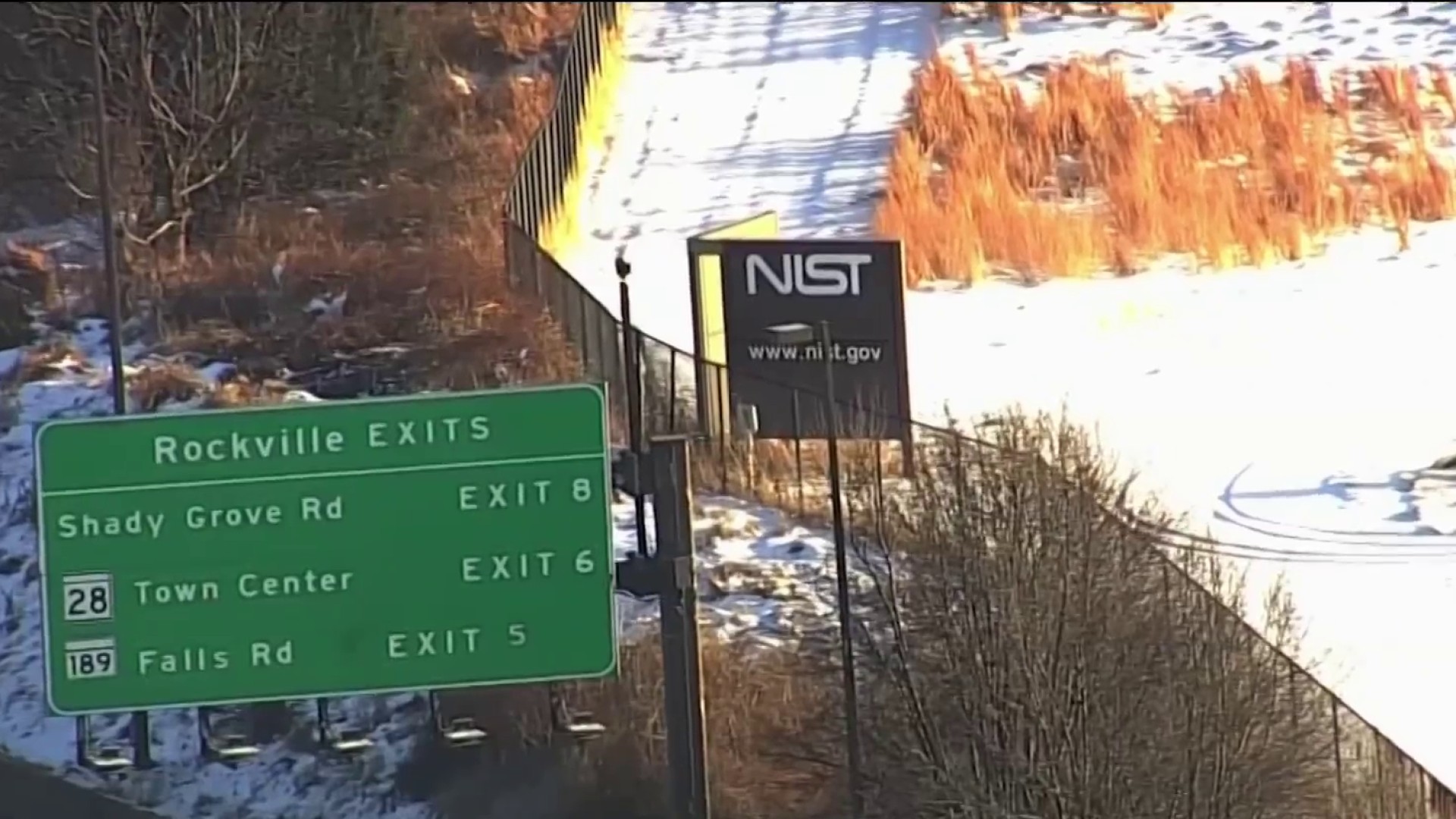A February incident in the nuclear reactor at the National Institute of Standards and Technology in Gaithersburg potentially emitted more radioactive material than initially thought, according to federal records reviewed by the News4 I-Team.
Though well below safety limits, the agency said its further review of the mishap found samples of radioactive material at a level three times higher than original estimates.
Federal regulators say the public was never in danger because of the incident. But a series of follow-up reports about the Feb. 3 event show it was significant enough to require at least 10 employees to undergo decontamination and forced a rare evacuation of workers from a nuclear reactor facility.
A March 4 report by the National Institute of Standards and Technology to the Nuclear Regulatory Commission said a fuel element in the reactor overheated beyond a limit of 450 degrees Celsius and suffered damage.
We're making it easier for you to find stories that matter with our new newsletter — The 4Front. Sign up here and get news that is important for you to your inbox.
In a public announcement in February, the agency said radiation levels inside its reactor complex became elevated on Feb. 3, requiring workers to be decontaminated before they were sent home. An alarm on the site warned of the radiation levels during a restart of the reactor from regularly scheduled maintenance, the agency said.
Both agencies said the public was safe during the event and remain so today. The reactor is at a research facility and is smaller and lower-powered than those used for energy production.
Nuclear energy experts and analysts said the emergency was nevertheless rare and will require a lengthy investigation before the reactor is restarted.
David Lochbaum, a nuclear researcher and former member of the Union of Concerned Scientists, said it’s alarming and uncommon to hear of an incident that requires the evacuation of workers inside a reactor.
“Fuel damage occurs in nuclear facilities, but for that damage to infiltrate the control room and for some of the workers to be contaminated, that’s the unusual aspect. It has to be figured out why that happened,” he said.
Lochbaum said there are safety barriers in nuclear reactors to protect workers in the case of a fuel problem. The evacuation of workers indicates some barriers might have also failed, he said.
A NIST spokeswoman said a remote control location was used to monitor the reactor while the main control room was undergoing decontamination.
A Nuclear Regulatory Commission spokesman told the I-Team an NRC inspection report is expected to be produced soon.
“Our inspectors continue their work as NIST examines the reactor to determine what caused the incident,” the spokesman said. “NIST must complete that root cause analysis before setting out its proposed corrective actions for NRC review. To this point the NRC remains satisfied NIST is taking a methodical, appropriate and safe approach to understanding the event in full.”
The nuclear reactor, which has operated for nearly 50 years, remains off-line indefinitely, as regulatory and agency officials conduct reviews of the mishap.
The NIST campus, a large, fenced federal facility along Interstate 270 in Montgomery County, is surrounded by thousands of homes and several large shopping centers. The agency has sensors that detect for radioactivity at the fence lines and often employs workers with handheld sensors to do so on the grounds. The sensors showed levels of emissions well below safety limits, according to nuclear regulators.
The incident caused concern in the immediate hours after it was first reported in February, according to Gaithersburg mayor Jud Ashman. Ashman told the I-Team he was notified hours after the incident.
“The first question that came to mind was: 'What’s the impact of the neighbors? Is everyone safe?' There’s a lot of residents around NIST,” he said.
Ashman said the agency has responded to his questions and those of other community leaders to ease concerns.
NIST launched a webpage to accept and respond to community questions about the reactor and the Feb. 3 mishap.
The reactor is part of the NIST Center for Neutron Research, which focuses on the research and development of neutron measurement tools. The National Institutes of Standards and Technology is an agency within the U.S. Department of Commerce. It’s a major employer in Montgomery County.



